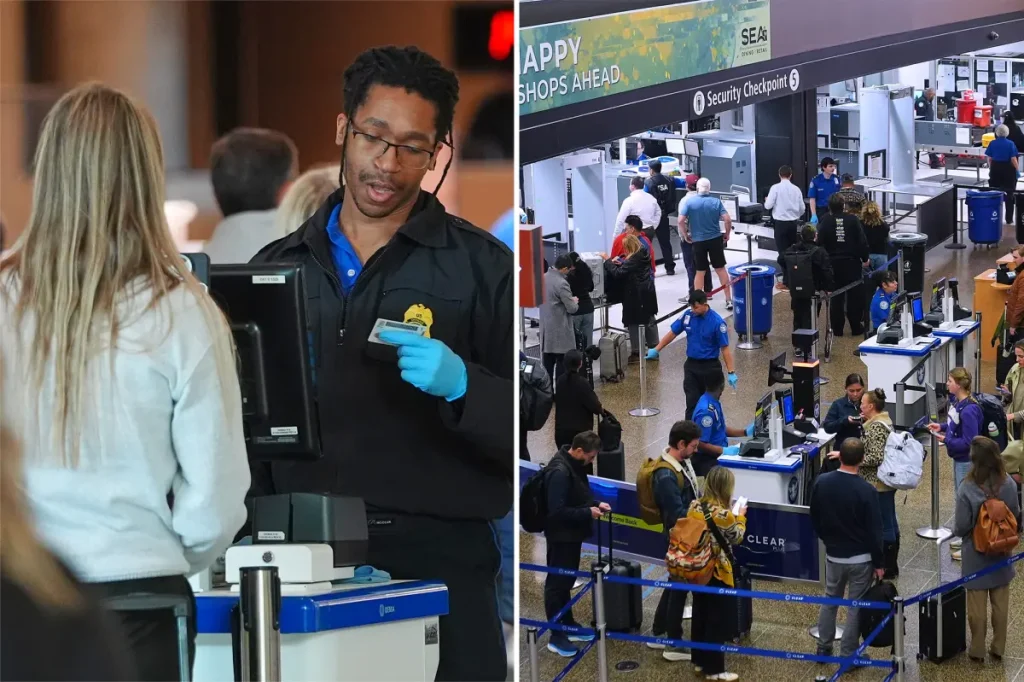TSA’s New ID Verification Program: What Travelers Need to Know
In a significant shift affecting air travelers nationwide, the Transportation Security Administration (TSA) has introduced a new policy that will charge passengers $18 if they arrive at airport checkpoints without proper identification. This fee is part of TSA’s “modernized alternative identity verification program,” designed for travelers who don’t possess a passport or REAL ID-compliant identification. With the REAL ID Act finally being fully implemented in May 2025—more than 20 years after it was signed into law—this represents a major transition in how Americans will navigate airport security. The program aims to provide an option for travelers who forget their ID or have it lost or stolen, but it comes with some important caveats that all air travelers should understand, especially as we approach the busy holiday travel season.
The new $18 fee will cover what the TSA describes as “government-incurred costs” and will remain valid for a 10-day period. While the agency has stated that participation in this alternative verification program is not mandatory, there remains considerable ambiguity about whether passengers can still travel without identification at all. According to the published notice, the program “does not guarantee that an individual’s identity will be verified or that the individual will be provided access to the sterile area of the airport.” This uncertainty has created confusion among travelers, with many wondering what options remain if they arrive at the airport without acceptable ID. A TSA spokesperson has indicated that additional guidance will be announced soon, suggesting that the full implementation details are still being worked out as the agency attempts to balance security requirements with traveler convenience.
This policy shift arrives at a particularly challenging time, as the holiday travel season is fast approaching. AAA projections indicate that nearly 82 million Americans will travel during the Thanksgiving holiday period from November 25 to December 1. Within this massive movement of people, approximately six million Americans are expected to fly domestically—representing a 2% increase compared to last year’s numbers. The timing of this new ID verification program could potentially create additional stress and confusion at already-busy airport checkpoints, particularly for infrequent travelers who may be unaware of the changing requirements. The TSA has acknowledged this concern, with a spokesperson stating that the agency “is working with stakeholders and partners to ensure both security and efficiency at our checkpoints.”
For travelers planning flights during the upcoming holiday season, the new ID requirements add another item to their pre-travel checklist. While the average roundtrip domestic flight ticket price remains relatively stable at around $700 (similar to last year’s costs according to AAA), the potential additional $18 fee represents yet another possible expense for those who aren’t prepared. Travel experts continue to recommend flying on Thanksgiving Day itself for the best prices, while warning that the Sunday and Monday following the holiday will likely be the busiest travel days. These peak periods could see heightened enforcement of the new ID verification requirements as TSA staff manage large crowds while implementing new procedures.
The rollout of this program highlights the broader transition toward stricter identification requirements at U.S. airports. Secretary Kristi Noem’s full implementation of the REAL ID Act by May 2025 marks the culmination of a security initiative that began in response to the 9/11 Commission’s recommendations. The REAL ID Act establishes minimum security standards for state-issued driver’s licenses and identification cards, and after numerous extensions, the federal government is now moving forward with full enforcement. This means that starting in May, travelers will need either a REAL ID-compliant driver’s license (typically marked with a star in the upper right corner), a passport, or another federally approved identification document to board domestic flights or enter certain federal facilities.
While the TSA’s new fee-based alternative identification program provides a potential backup option for travelers, it underscores the importance of ensuring you have proper identification before heading to the airport. The agency has not clearly specified what verification methods will be used for those without ID, nor has it detailed how successful these methods might be in establishing a traveler’s identity. As this program continues to develop and the full enforcement of REAL ID approaches, travelers would be wise to check their identification documents well in advance of their flights, apply for REAL ID-compliant licenses if they haven’t already, and consider carrying backup identification options such as passports for domestic travel. The days of lenient ID enforcement at airport checkpoints appear to be coming to an end, with more structured—and potentially costly—alternatives taking their place.















